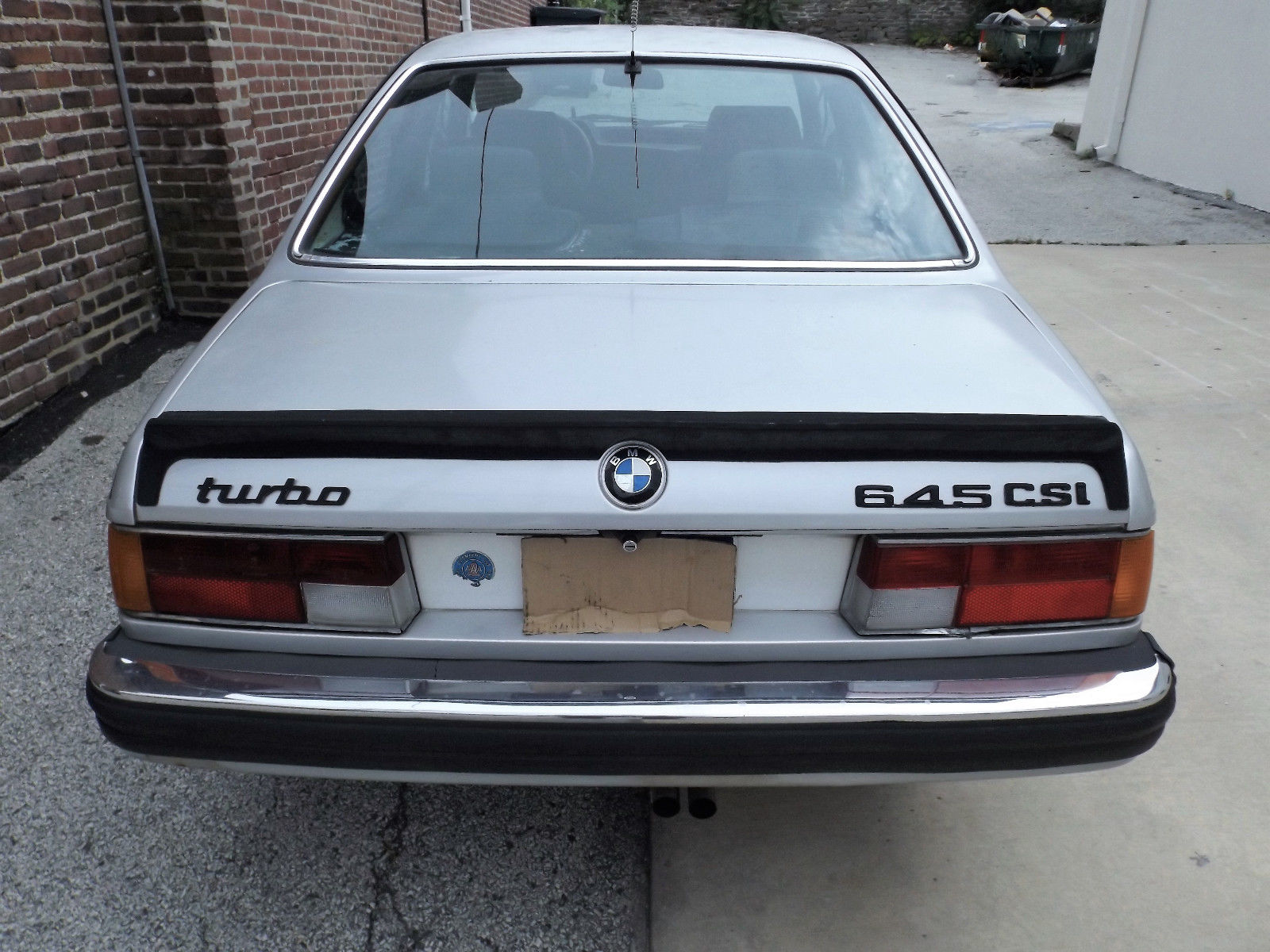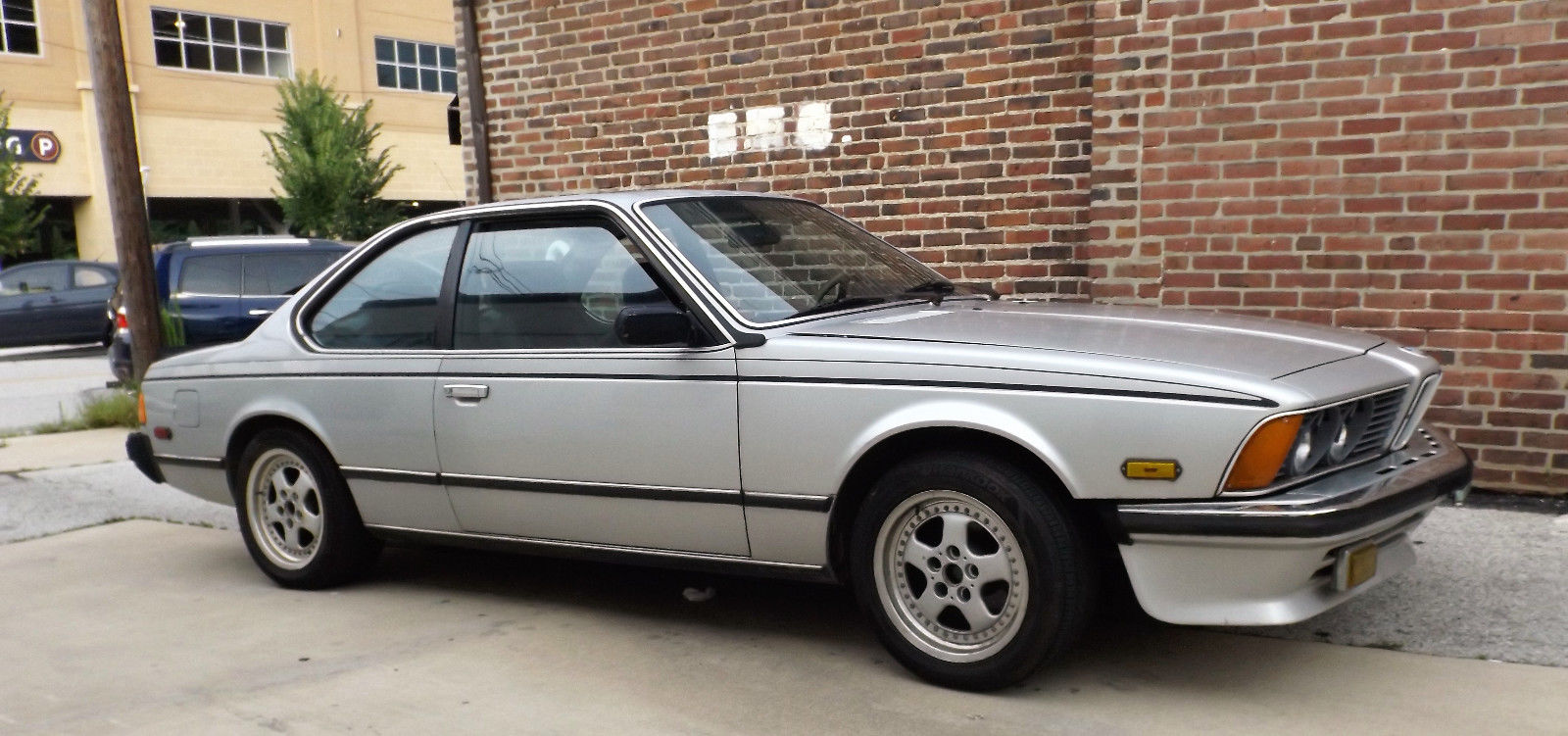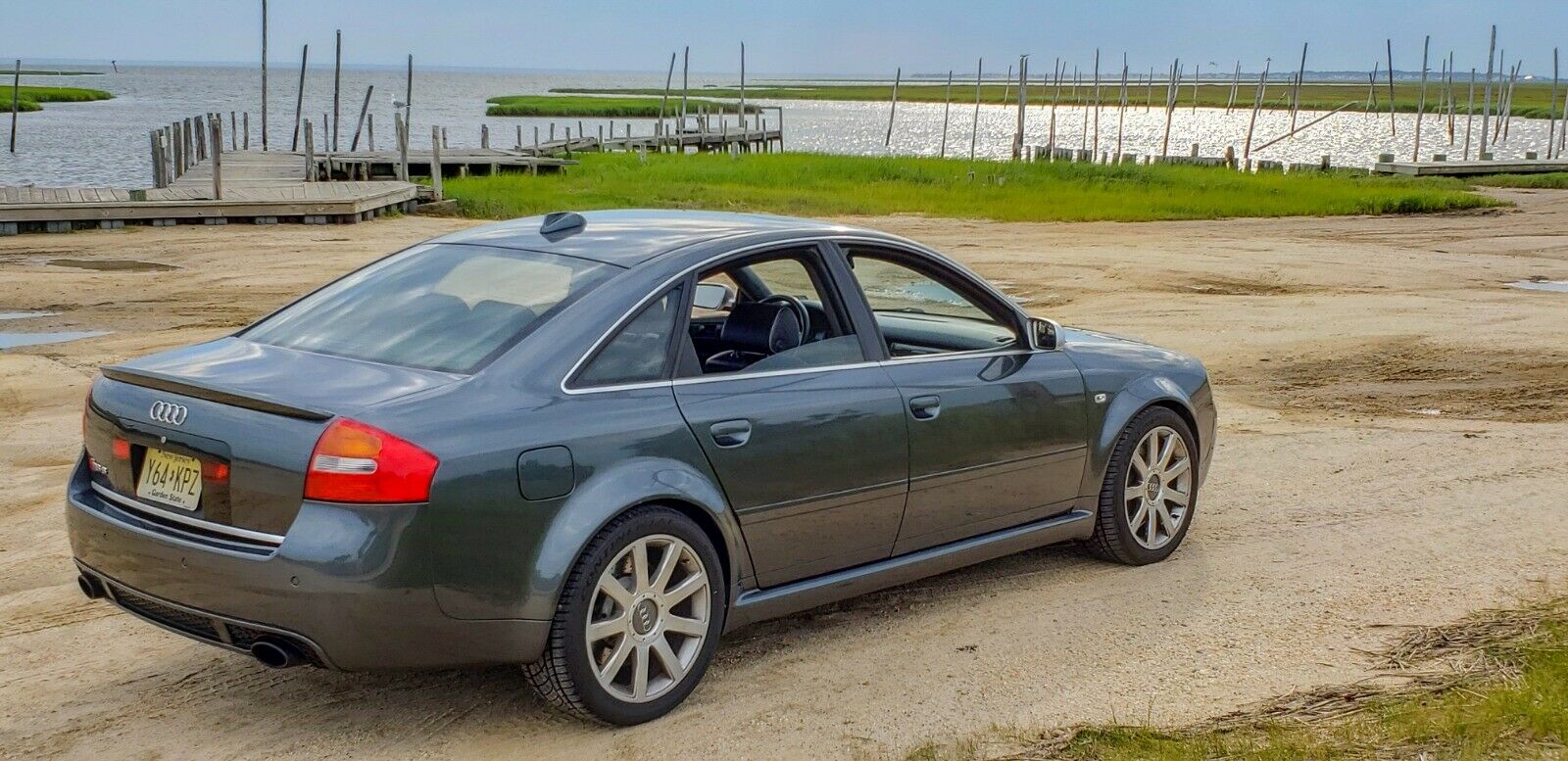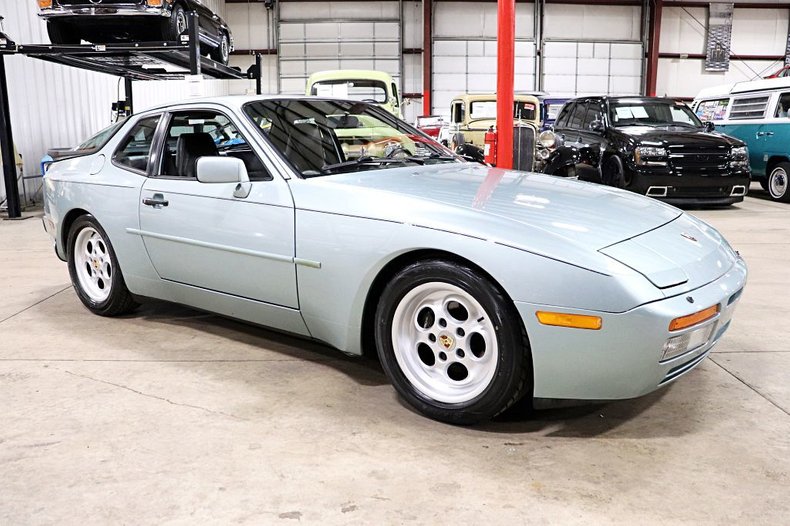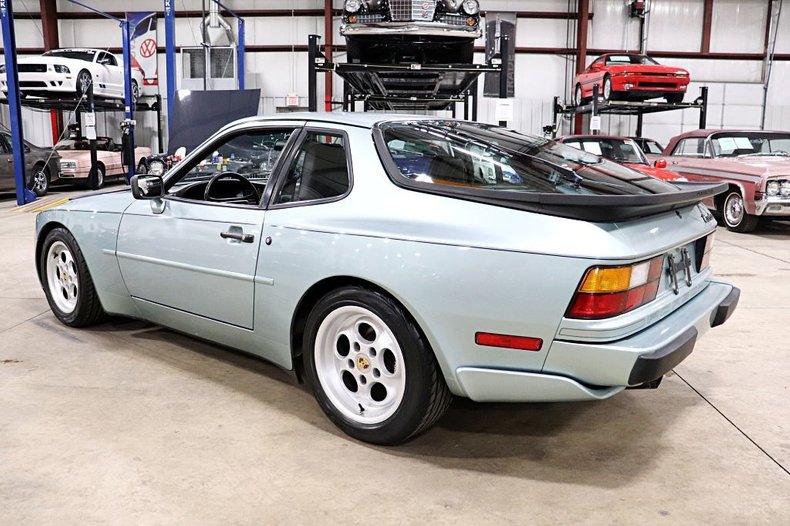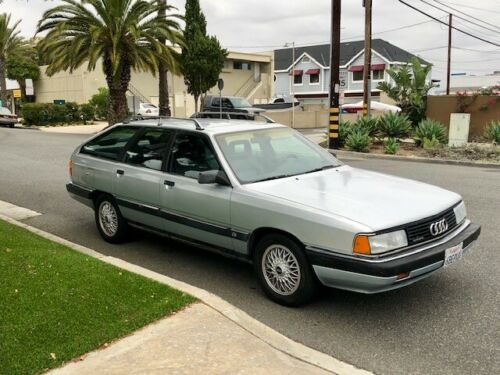Having not really checked in on E30 M3 pricing lately, I decided to take a gander this week. The situation has not improved. Pristine examples are still asking north of $80,000. If you want one on a budget that’s no reserve, there’s a rusty example with little documentation and 200,000 miles with a wrecked interior for…$20,000 so far. That’s pretty insane for a car that needs a full mechanical and cosmetic restoration, because that money gets you into a pristine E36 or E46 and you’re knocking on the door of the E92s, too.
So I’m taking a different path today. Let’s say you want a collector-grade car but don’t want something old. Well, as I’ve mentioned previously there are a lot of special edition M3s out there. One that quietly slipped through in 2017 was the 30 Jahre Edition of the M3 Sedan. Built on a Competition Package base, the 30 Jahre added Macao Blue Metallic over full Merino leather in Black/Fjord Blue from BMW Individual. The exterior trim was treated to BMW’s high gloss Shadowline treatment and there were plenty of special badges to go around both inside and out. For the 150 out of 500 produced sent to the U.S. market, these cars came equipped with the Driver Assistance Plus Package and LED lights. With the boost turned up on the S55 and hooked to the dual clutch, the 444 horsepower was good for 3.8 second sprints to 60. Check that box for the DCT, and you were $86,150 lighter in the wallet – about the same ask as that E30 I posted earlier. So what does one of these limited models set you back today?


